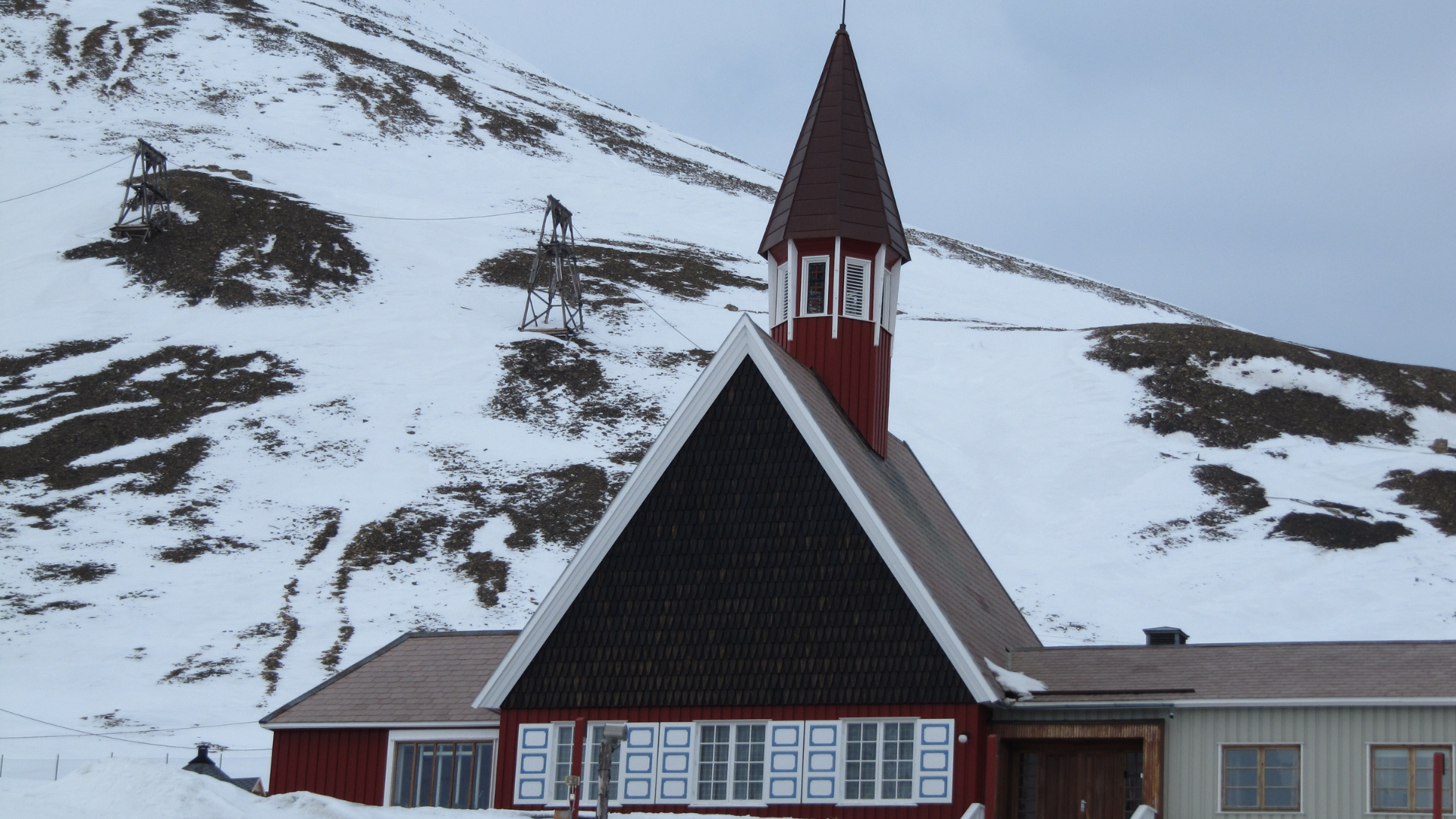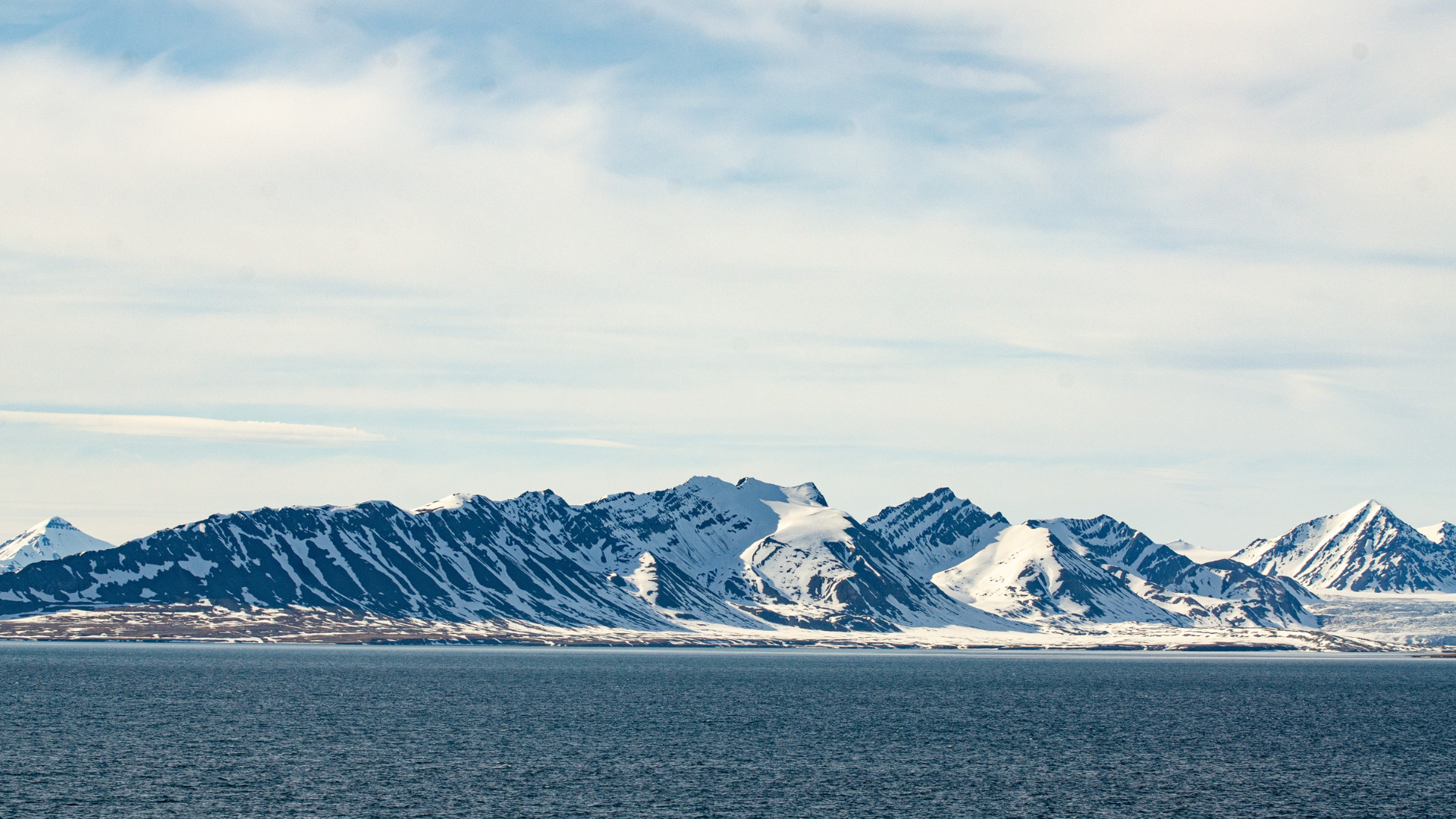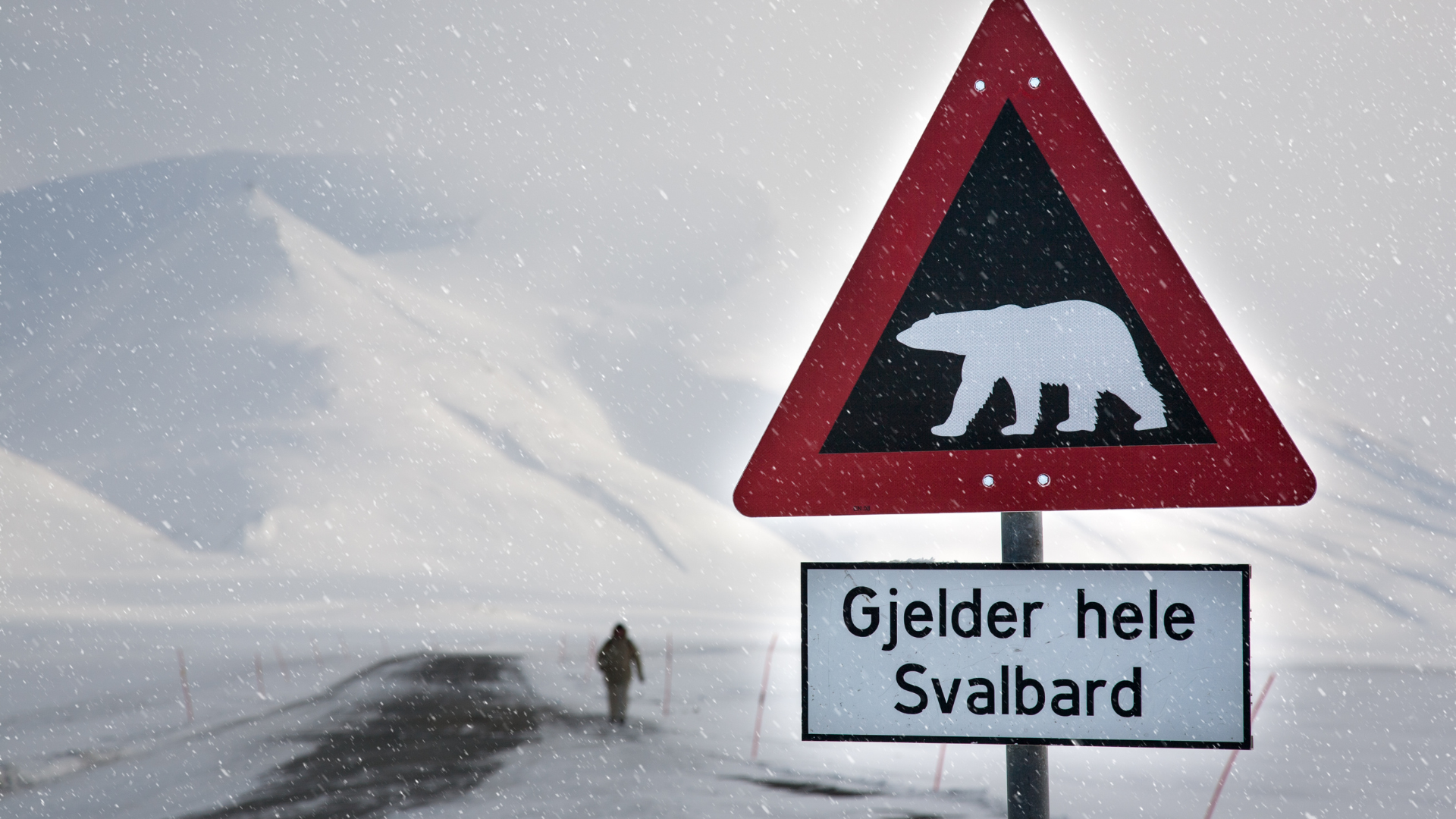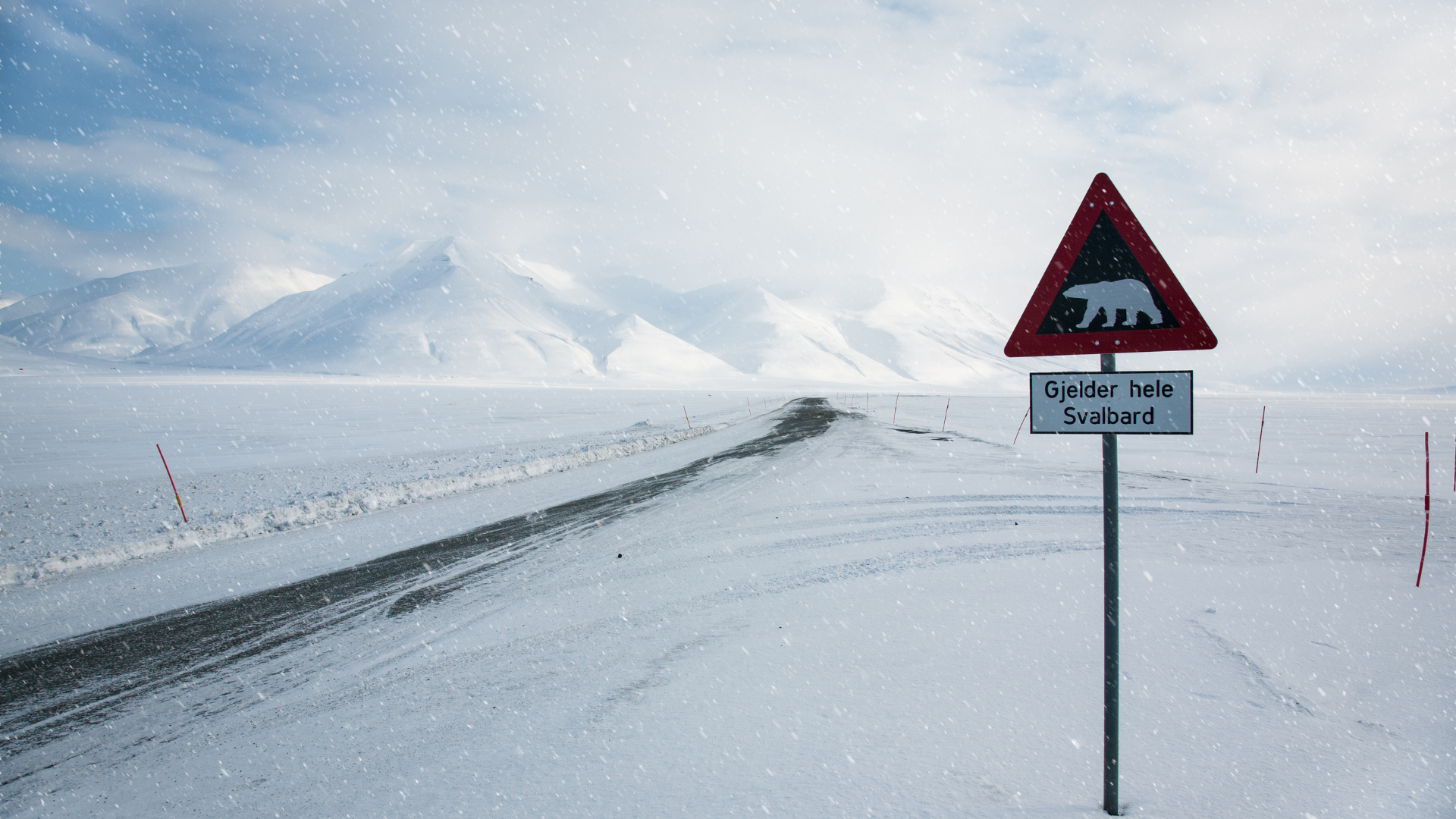Svalbard Best Ways to Prepare for Your Trip in March
Svalbard Best Ways to Prepare for Your Trip in March
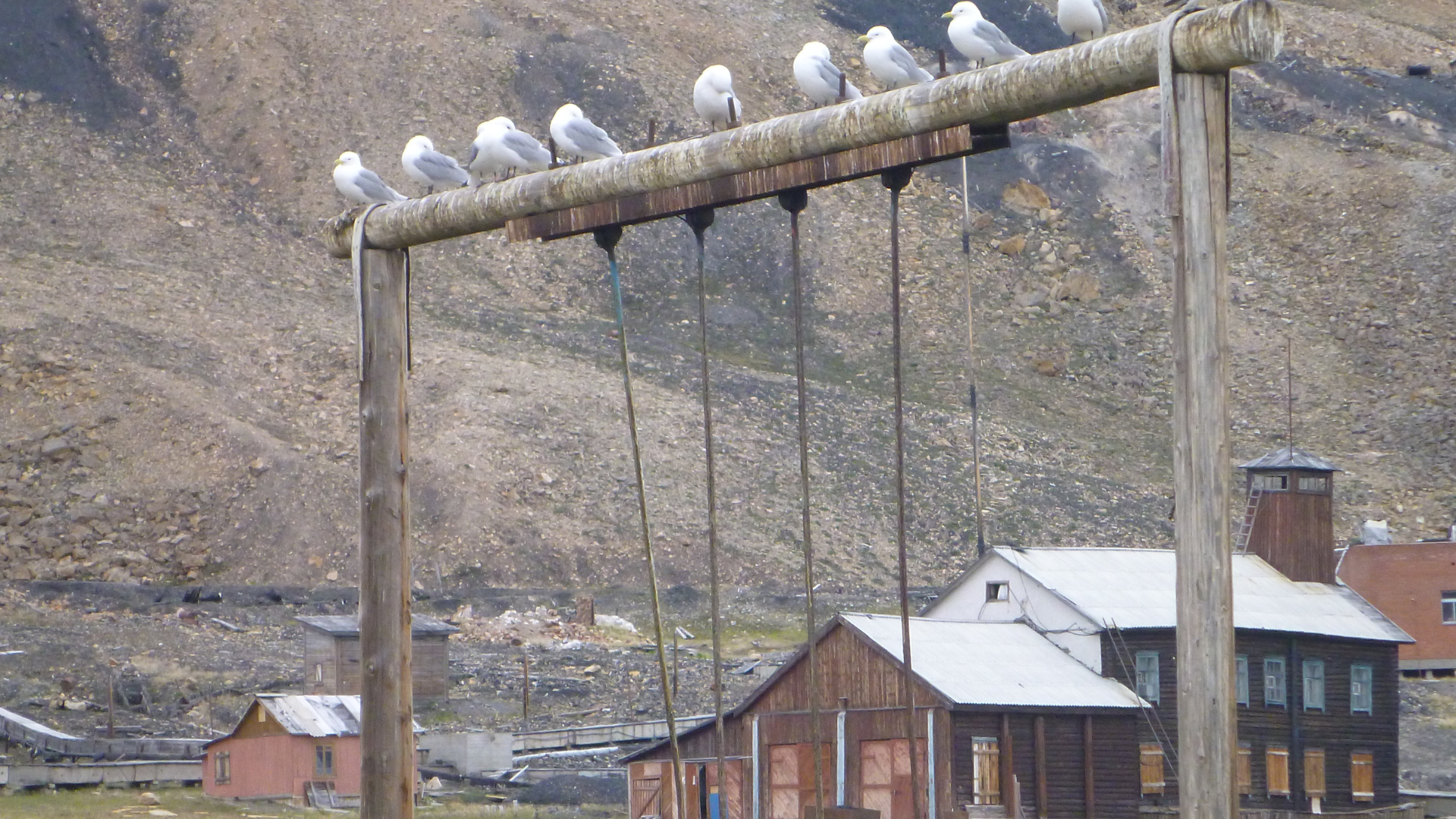
March in Svalbard marks the transition from the dark winter months to the lighter days of spring, making it a fantastic time to visit this Arctic wonderland. With the sun above the horizon for more extended periods, visitors can enjoy a wider range of activities, but careful preparation remains essential to fully experience the unique environment of Svalbard. One of the most important aspects of preparation is packing the right gear. The temperatures in March can still be frigid, often ranging from -15°C to -5°C, so bringing appropriate clothing is crucial. Layering is key, with a moisture-wicking base layer, an insulating mid-layer, and a windproof and waterproof outer layer. Accessories such as insulated gloves, hats, and neck gaiters are also necessary to protect against the cold.
Another crucial element of preparing for your March trip to Svalbard is planning your activities to take advantage of the increasing daylight. March offers around 10 to 12 hours of daylight, providing ample time for outdoor excursions such as snowmobiling, dog sledding, and ice caving. However, it’s important to book these activities in advance, as they are popular with tourists. Guided tours are highly recommended, as they provide not only safety but also valuable insights into the region’s history, wildlife, and geography. Whether you’re exploring the frozen fjords or venturing into the wilderness, a knowledgeable guide can enhance your experience and ensure that you see the best of what Svalbard has to offer.
Accommodations in Svalbard can vary, so it’s important to book early to secure your preferred option. Longyearbyen, the main town, offers a range of places to stay, from budget-friendly guesthouses to more upscale hotels. When choosing your accommodation, consider the amenities that are important to you, such as heated floors, saunas, or even the availability of guided excursions from your hotel. Additionally, staying in Longyearbyen provides easy access to restaurants, shops, and museums, making it a convenient base for exploring the surrounding wilderness. If you’re interested in a more remote experience, some operators offer wilderness cabins that provide a more immersive Arctic experience.
Another important aspect of preparing for your March trip to Svalbard is understanding the potential for variable weather conditions. While March often brings more stable weather, it’s still possible to encounter snowstorms and high winds. It’s important to stay informed about the weather forecast and be flexible with your plans. Having a backup plan for indoor activities, such as visiting the Svalbard Museum or the North Pole Expedition Museum, can ensure that your trip remains enjoyable even if the weather doesn’t cooperate. Additionally, consider investing in quality sunglasses or goggles, as the increased daylight and reflection off the snow can be harsh on the eyes.
Travel insurance is another critical consideration for your trip to Svalbard in March. The remote location and extreme environment mean that having comprehensive coverage is essential. Look for a policy that includes medical evacuation, trip cancellations, and coverage for adventure activities. Given the potential for weather-related disruptions, having insurance that covers delays and cancellations can provide peace of mind. Additionally, make sure your policy covers any equipment you may be bringing, such as cameras or outdoor gear, as these items can be costly to replace if lost or damaged.
Understanding the local regulations and safety guidelines is also essential when preparing for your March trip to Svalbard. The archipelago is home to a fragile ecosystem, and visitors are encouraged to follow strict guidelines to minimize their impact. This includes respecting wildlife, sticking to marked trails, and following the instructions of local guides. Additionally, due to the presence of polar bears, it’s mandatory to carry a firearm when venturing outside of settlements. If you’re uncomfortable with this, consider joining a guided tour, where a trained guide will handle the necessary precautions.
Lastly, take the time to research and understand the unique cultural and historical aspects of Svalbard. The archipelago has a rich history of exploration, mining, and scientific research, which is reflected in its museums and cultural institutions. Visiting these sites can provide valuable context for your trip and deepen your appreciation of the region. Additionally, interacting with the local community, including the diverse population of Longyearbyen, can offer insights into what it’s like to live and work in one of the world’s northernmost settlements.
By thoroughly preparing for your trip to Svalbard in March, you’ll be well-equipped to enjoy all that this extraordinary destination has to offer. From the thrill of exploring the Arctic wilderness to the serenity of watching the Northern Lights dance across the sky, Svalbard in March promises an unforgettable adventure for those who are ready to embrace its unique challenges and rewards.



